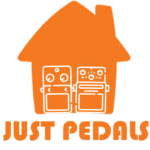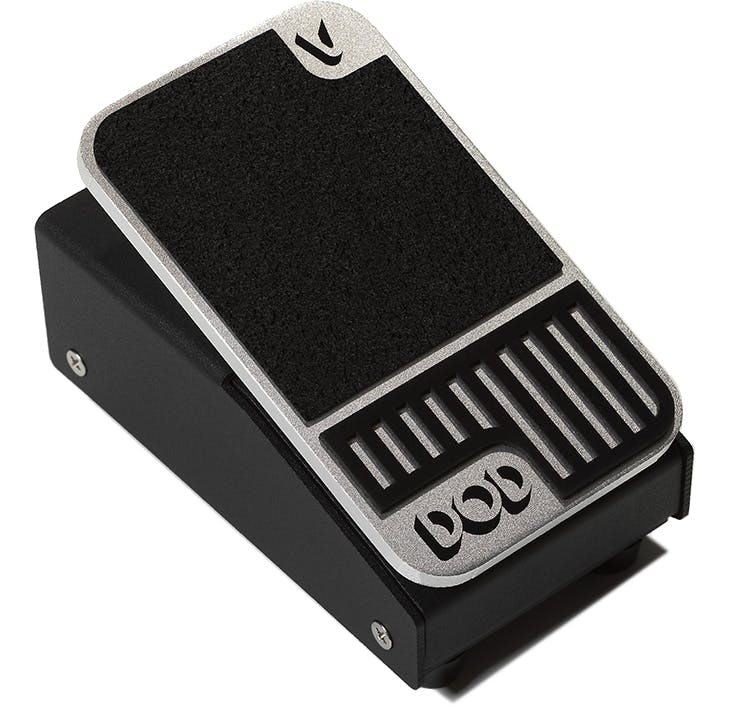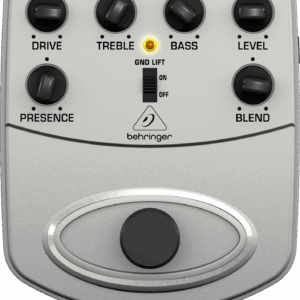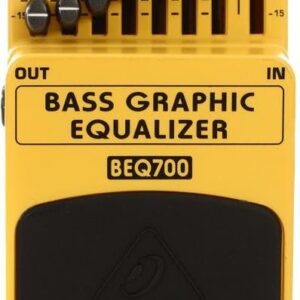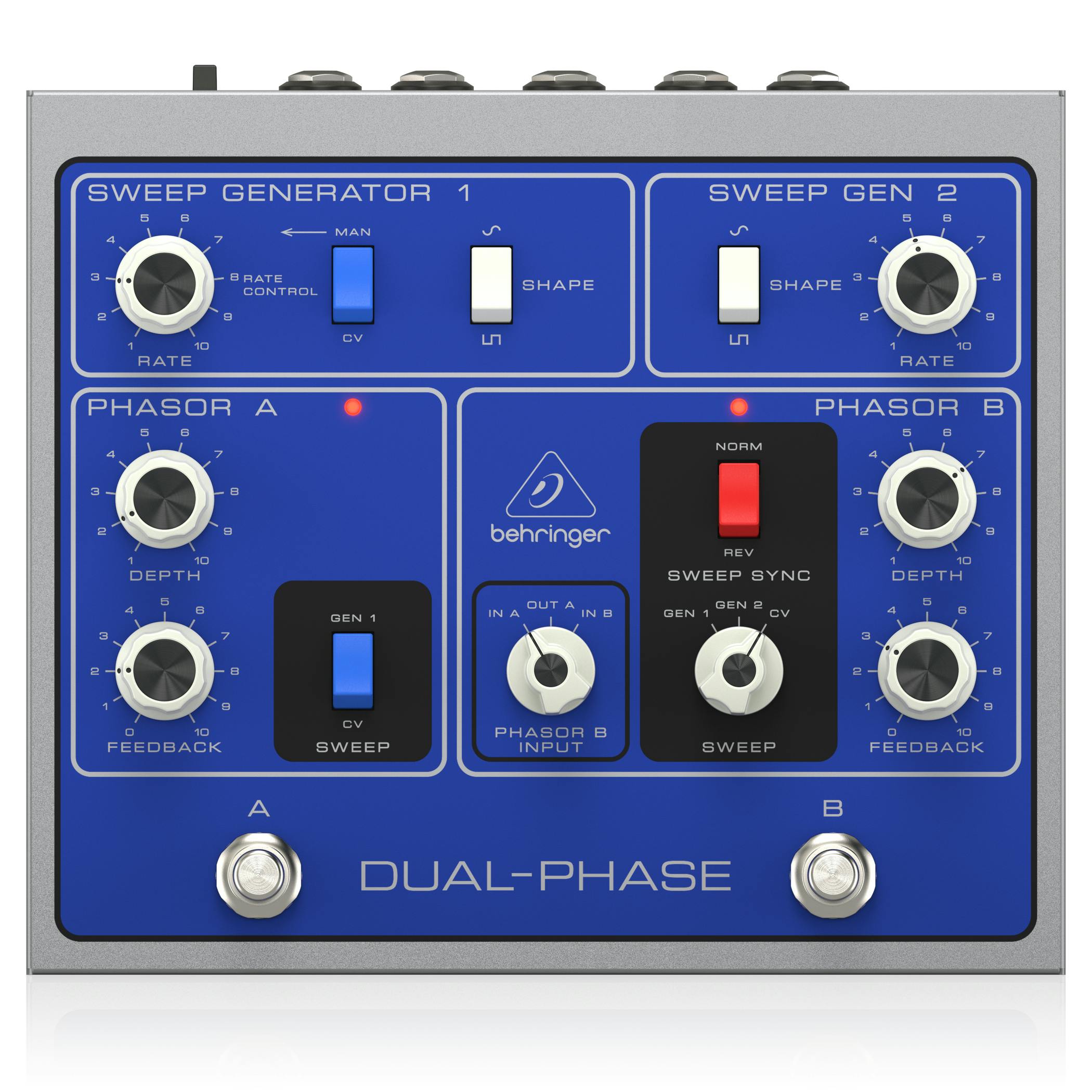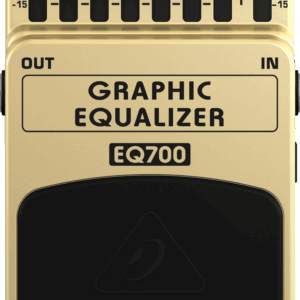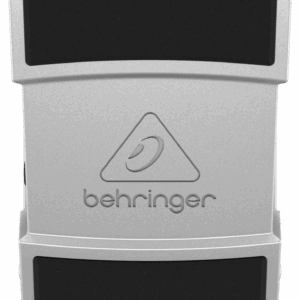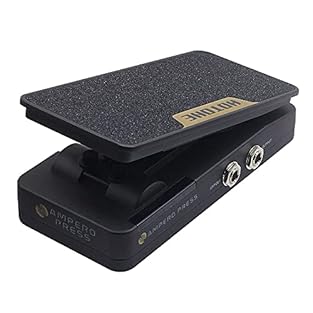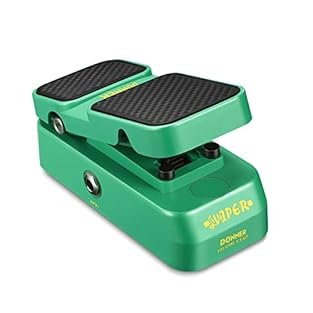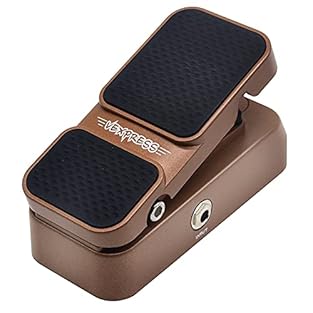Tasty Pedals made by DOD
DOD, or Digitech/DOD Electronics, is a renowned brand in the world of audio electronics, particularly known for its effects pedals for guitars and basses. The company was founded in 1973 by David Oreste Di Francesco and John Johnson, hence the acronym DOD. Initially focusing on guitar effects pedals, DOD gained prominence with its innovative designs and affordable yet high-quality products.
Throughout its history, DOD has produced a wide range of effects pedals, including overdrive/distortion pedals, delay units, chorus and flanger pedals, and more. Their pedals often feature robust construction, simple yet effective controls, and distinctive sound characteristics. Classics like the DOD Overdrive/Preamp 250 and the DOD Stereo Chorus have become staples on pedalboards of musicians across various genres.
In 1984, DOD was acquired by Harman International Industries, which also owned other prominent audio brands like AKG, JBL, and Lexicon. Under Harman’s ownership, DOD continued to innovate and release new pedals while maintaining its reputation for providing high-quality effects at accessible prices. Though there have been shifts in ownership and product lines over the years, DOD pedals remain highly regarded by musicians seeking reliable and versatile effects for their performances and recordings.
Just Pedal Ingredients.
Mini — It’s not big, its what you do with it. It is small but mighty, like the size of your weapon. stick it where you can hardly see it, you could put it in your pocket. A pedal pocket.. New — Just New products for sale, unused, and in their original packaging. They come with a protected seller guarantee and include manufacturer warranties. Read more for additional details.. Pedal —
A pedal is an electronic device that alters the sound of an electric guitar by applying various effects. Pedals are typically connected in a series between the guitar and amplifier, allowing guitarists to switch effects on and off with their feet while playing.
This enables musicians to quickly and easily change their sound, adding versatility and creativity to their performances.
Pedals are essential tools in many musical genres, including rock, blues, jazz, and metal, allowing artists to craft distinctive and dynamic soundscapes.
Once you buy one, you can’t stop and then you have to sell them and buy more.
.
Volume — A volume pedal is a pedal-style device used to control the volume level of an instrument, typically a guitar or a keyboard, by foot movement. It allows musicians to adjust the volume smoothly and dynamically while playing, providing hands-free control over their instrument’s output level. Here’s how a volume pedal works and some common features:
1. **Pedal Design**: A volume pedal consists of a foot-operated pedal and a housing unit. The pedal is typically attached to a potentiometer (variable resistor) inside the housing, which adjusts the volume level based on the pedal’s position.
2. **Expression Pedal Compatibility**: Many volume pedals are compatible with expression pedals, allowing players to control other parameters in addition to volume, such as modulation depth, delay mix, or wah effect, depending on the pedal and the equipment it’s connected to. This adds versatility and flexibility to the pedal’s functionality.
3. **Input and Output Jacks**: Volume pedals have input and output jacks for connecting the instrument’s signal input and output, respectively. Some volume pedals also feature additional jacks for connecting to effects pedals or other audio equipment.
4. **Taper and Sweep**: The taper refers to the way the volume changes in relation to the pedal’s movement. Most volume pedals feature an audio taper, which provides a logarithmic response to the pedal’s movement, mimicking the way human ears perceive volume changes. The sweep refers to the range of motion of the pedal, from minimum to maximum volume.
5. **Minimum Volume Control**: Some volume pedals include a minimum volume control knob or switch, which allows players to set a minimum volume level when the pedal is fully depressed. This can be useful for achieving swells or fade-ins from silence.
6. **Buffered vs. Passive**: Volume pedals may be either buffered or passive. Buffered pedals include an active circuit that maintains a consistent impedance and signal strength, preventing signal loss and preserving tone when using long cable runs or connecting to multiple effects pedals. Passive pedals, on the other hand, do not include active circuitry and may introduce some signal loss, especially with long cable runs.
7. **Tuner Out**: Some volume pedals feature a tuner output jack, which allows players to connect a tuner pedal directly to the volume pedal. This enables silent tuning while muting the instrument’s signal to the amplifier or other audio equipment.
Overall, a volume pedal is a versatile tool for guitarists, keyboardists, and other musicians seeking dynamic control over their instrument’s volume level. Whether used for swells, fade-ins, rhythm adjustments, or creative volume effects, a volume pedal provides hands-free control and adds expressive possibilities to live performances and studio recordings..
